Regulated Claims: What You Need to Know
04/24/2025

Key Points:
- Regulated claims must be truthful, evidence-based, and comply with FDA, USDA, or FTC standards.
- Common types of regulated claims include health claims, nutrient content claims, and USDA Organic or Gluten-Free certifications.
- Misuse of regulated claims can lead to legal risk. Always verify claims with manufacturers or certification bodies.
Overview
Regulated claims are statements about a product's benefits that must comply with regulations set by government agencies such as the Food and Drug Administration (FDA), U.S. Department of Agriculture (USDA), and Federal Trade Commission (FTC). These claims must be truthful, evidence-based, and compliant with applicable regulations.Regulated claims help consumers make informed choices using accurate, science-backed information. For sellers and marketers, understanding these claims ensures responsible product promotion while maintaining compliance with regulatory standards.
Common Types of Regulated Claims
Health Claims
- Describe the relationship between a food, dietary ingredient, or supplement and a reduced risk of a disease or health-related condition.
- Must be authorized by the FDA based on scientific evidence.
- Examples:
- "Adequate calcium throughout life, as part of a well-balanced diet, may reduce the risk of osteoporosis."
- "A diet low in total fat may reduce the risk of some cancers. Cancer development depends on many factors."
- "Diets low in sodium may reduce the risk of high blood pressure, a disease associated with many factors."
- "Three grams of soluble fiber from whole grain oats daily, as part of a low saturated fat and cholesterol diet, may help reduce heart disease risk."
Nutrient Content Claims
- Describe the level of a nutrient in a product.
- Must meet FDA-defined thresholds.
- Example:
- "Low calorie"
- "Free total fat"
- "Reduced saturated fat"
- "Low cholesterol"
- "Light in sodium"
- "No added sugars"
Structure/Function Claims
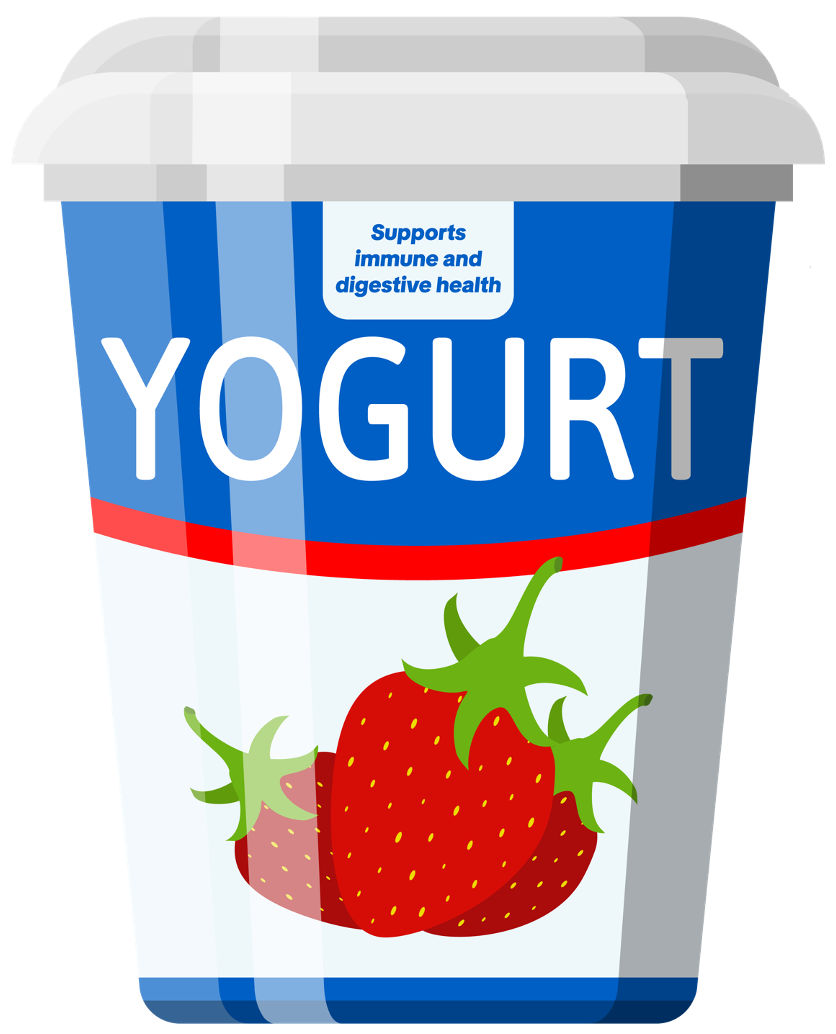
- Describe how a nutrient or ingredient supports normal body structure or function.
- Do not require pre-approval but must include a disclaimer stating they are not FDA-evaluated.
- Example:
- “Calcium builds strong bones.”
- "Supports immune and digestive health."
- "Fiber helps maintain bowel regularity."
- "Antioxidants maintain cell integrity."
USDA Organic Claims
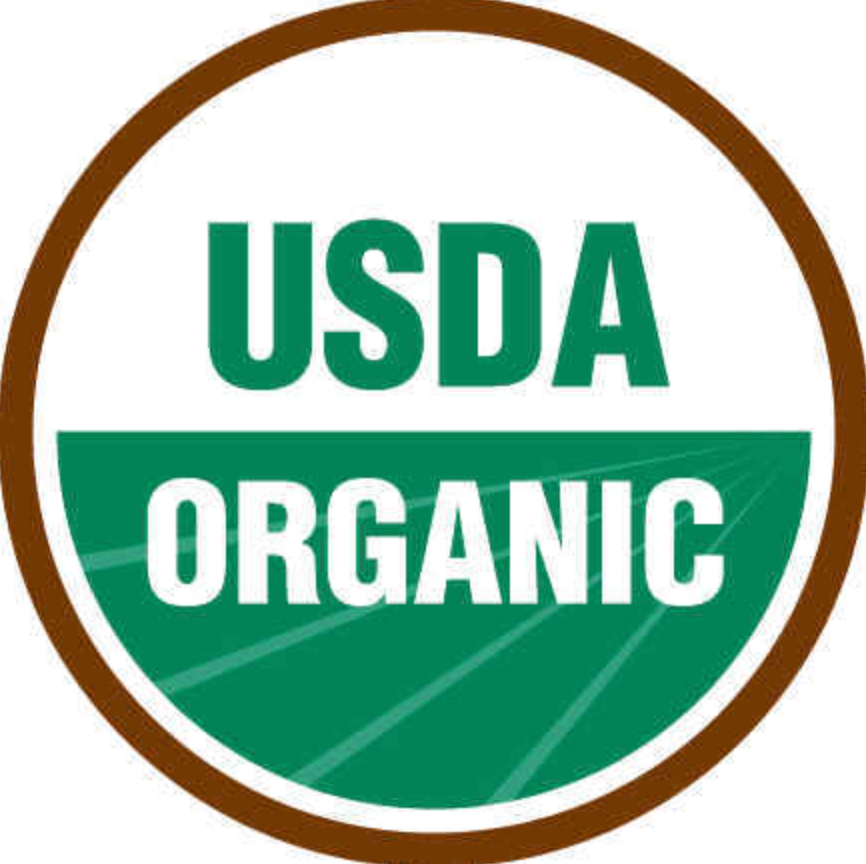
- Products labeled “Organic” must meet USDA National Organic Program (NOP) standards.
- USDA Organic certification ensures compliance with strict farming and production standards.
- Example:
- "Certified Organic by USDA"
- "100% Organic"
- "Organic
Gluten-Free Claims
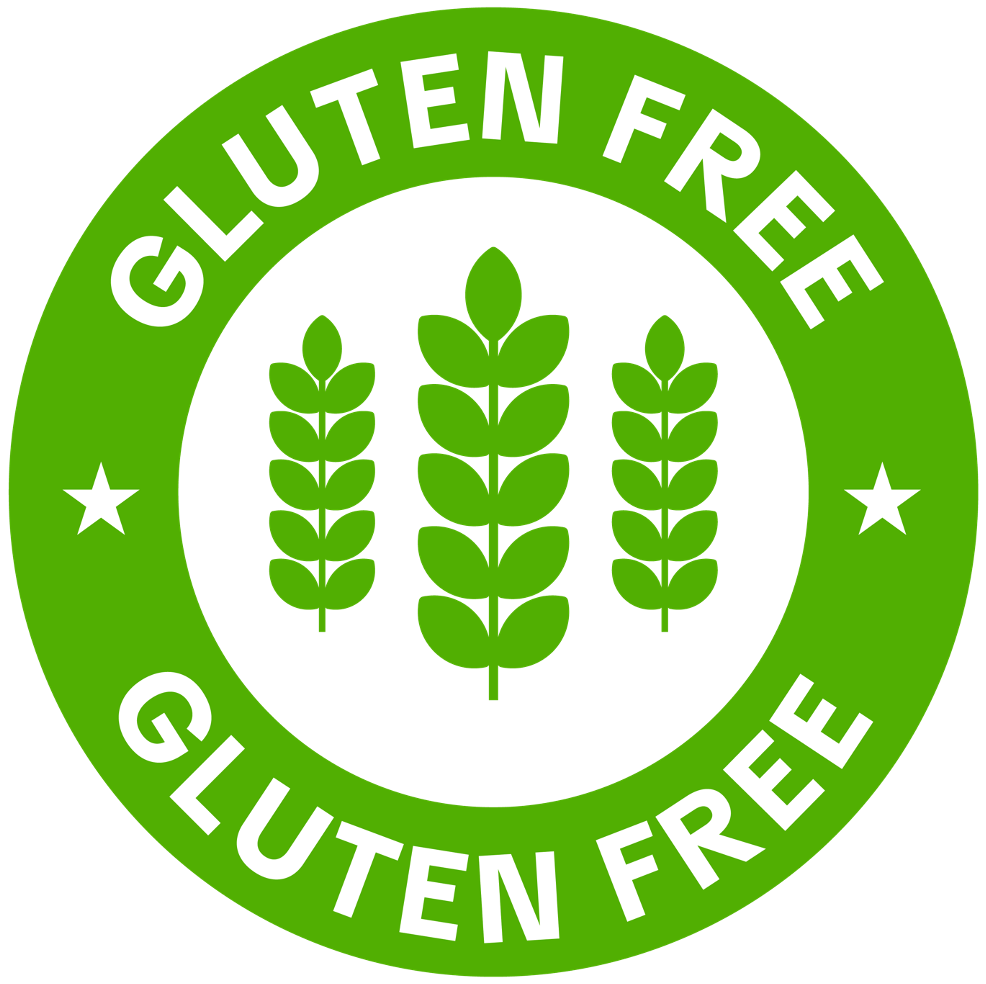
- Regulated by the FDA. Products must contain less than 20 ppm of gluten.
- This claim is important for consumers with celiac disease or gluten intolerance.
- Example:
- "Gluten-Free"
- “No Gluten”
- “Free of Gluten”
- “Without Gluten”
Non-GMO Claims
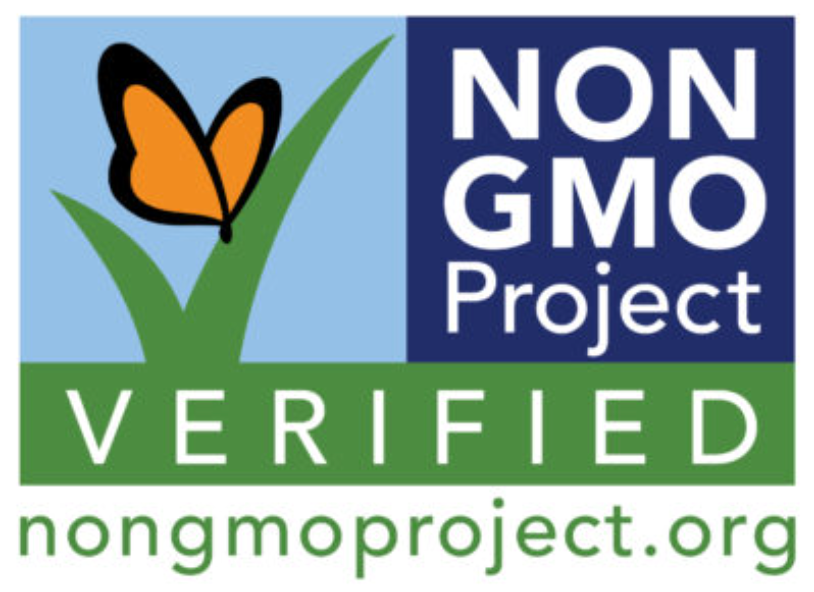
- Must follow FDA standards and be truthful and not misleading.
- This claim assures consumers that the product does not contain genetically modified organisms.
- Example:
- “Not bioengineered.”
- “Not genetically engineered.”
- “Not genetically modified through the use of modern biotechnology.”
- “We do not use ingredients that were produced using modern biotechnology.”
- “This oil is made from soybeans that were not genetically engineered.”
- “Our corn growers do not plant bioengineered seeds.”
FTC Green Guides & Environmental Claims

- Green marketing claims, such as “eco-friendly” or “biodegradable,” must follow FTC guidelines.
- These claims must be substantiated to prevent misleading consumers.
- Example:
- "Compostable"
- "Biodegradable"
- "Free-of Paraben"
- "Ozone-Safe"
- "Recyclable
- "Renewable Energy"
Made in USA Claims
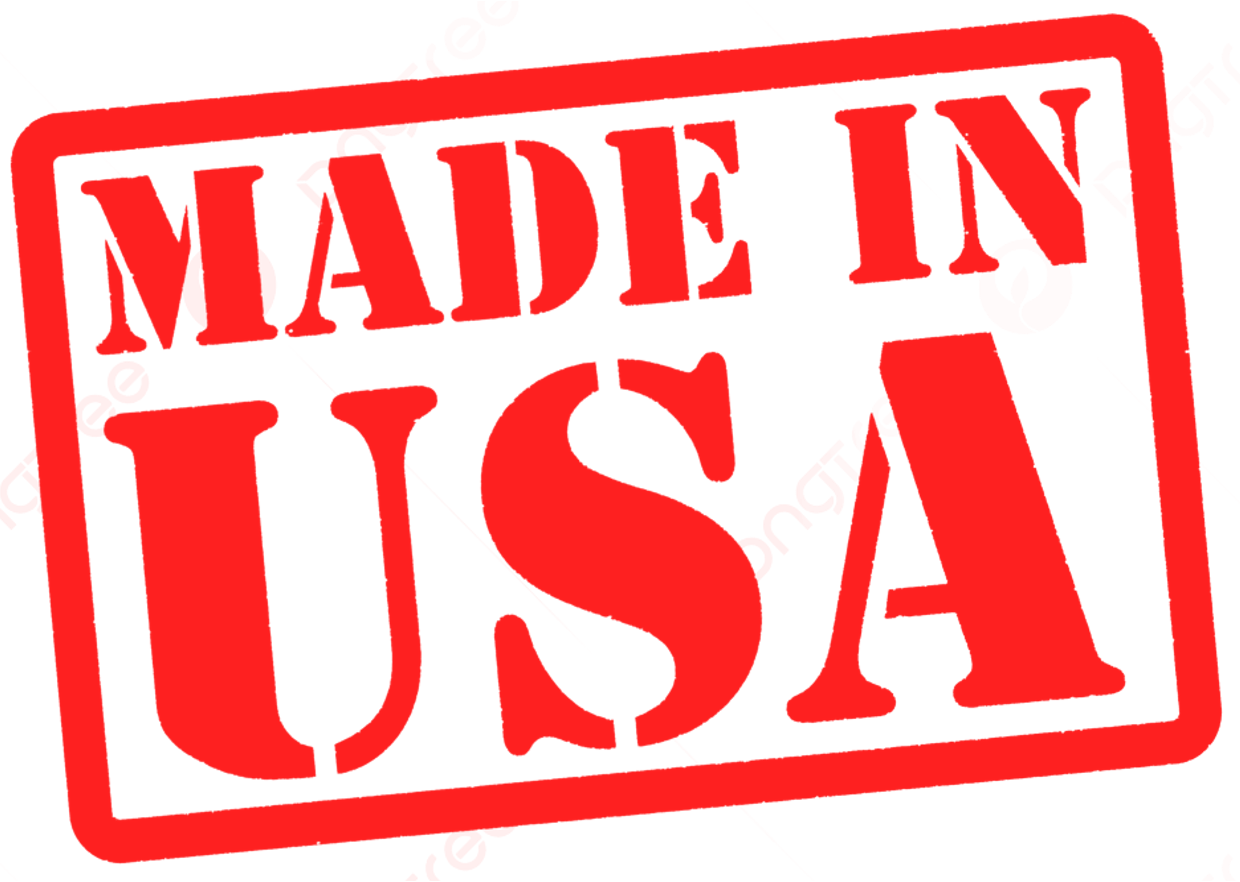
- These claims are regulated by the FTC and require that "all or virtually all" components of the product be made in the United States.
- Consumers rely on this claim to understand a product's origin and materials.
- Example:
- "Made in USA"
- "Our products are American-made."
- "USA"
Best Practices for Compliance
To ensure proper use of regulated claims, follow these steps:- Verify regulatory definitions for each claim before including it in product listings or advertisements.
- Work with certification bodies when necessary (e.g., USDA Organic, Non-GMO Project).
- Work with product manufacturers to confirm if a claim has been substantiated on the product.
- If a claim is not listed on the original product label, it should not appear in the product title, description, or attributes.
- Example: If a seller lists a skincare product as "Paraben Free" in the title or description, but this claim does not appear on the product label, it must be removed until verified by the manufacturer.
- Stay up to date with regulatory changes to keep product claims accurate and compliant.
Importance for Sellers
Using regulated claims properly can help you:✅ Build consumer trust and credibility.
✅ Stand out in a competitive market.
✅ Avoid legal risks and reputational harm.
✅ Align with marketplace policies and industry best practices.
By understanding and applying these claims correctly, you can create honest, compelling product descriptions that boost customer confidence while remaining compliant with regulatory requirements.
For more detailed guidance, refer to FDA, USDA, and FTC official resources on regulated claims.